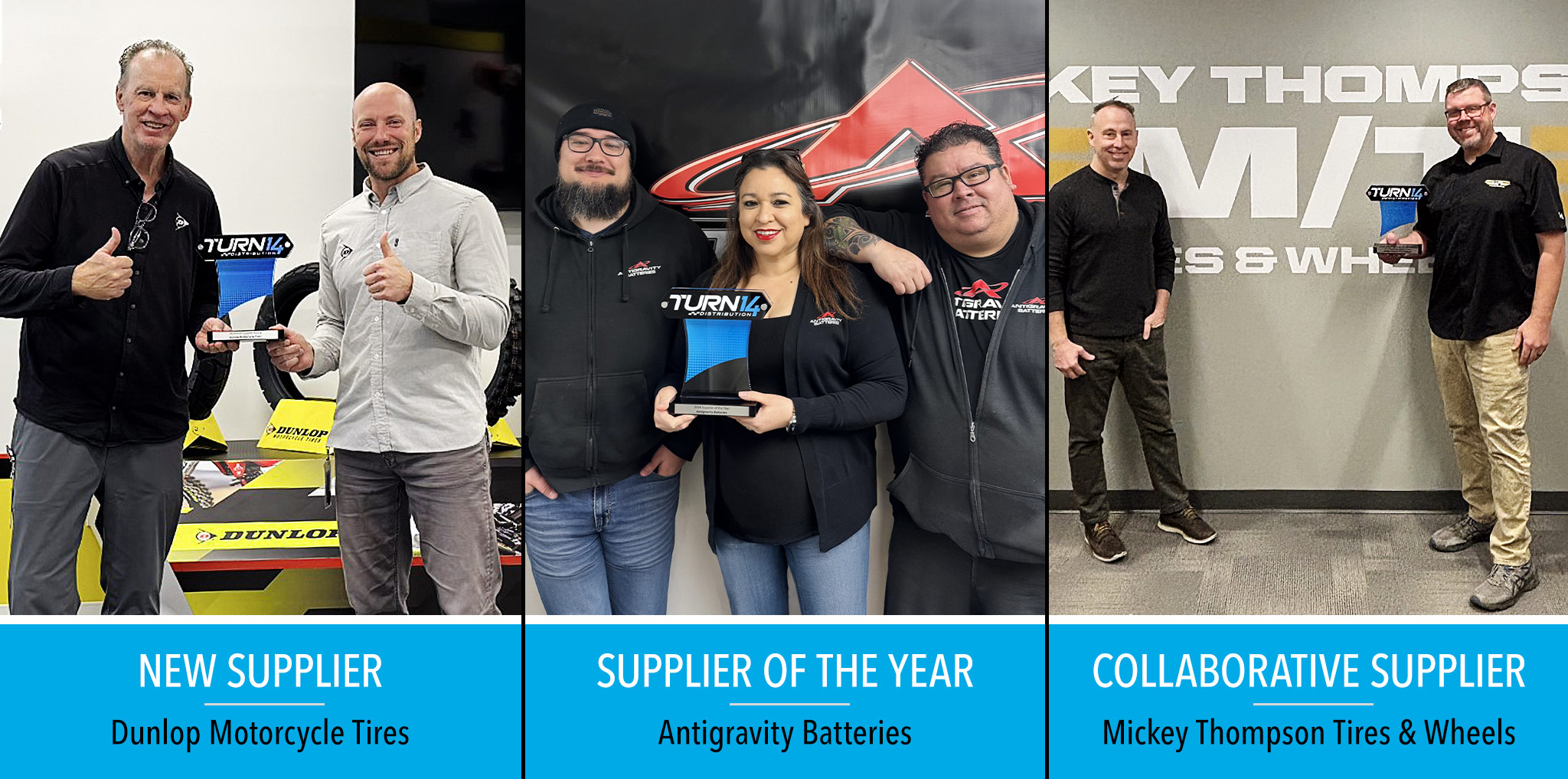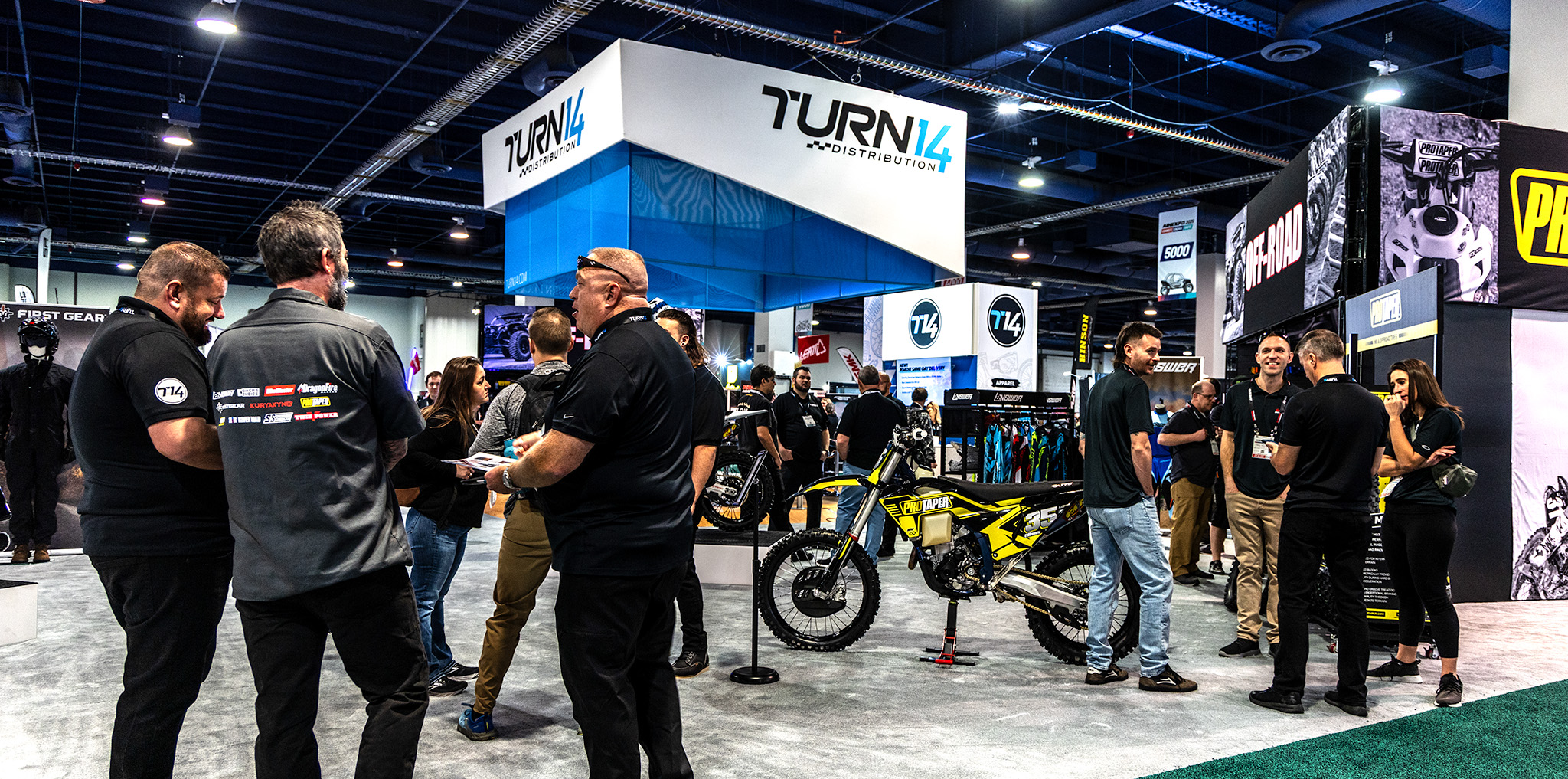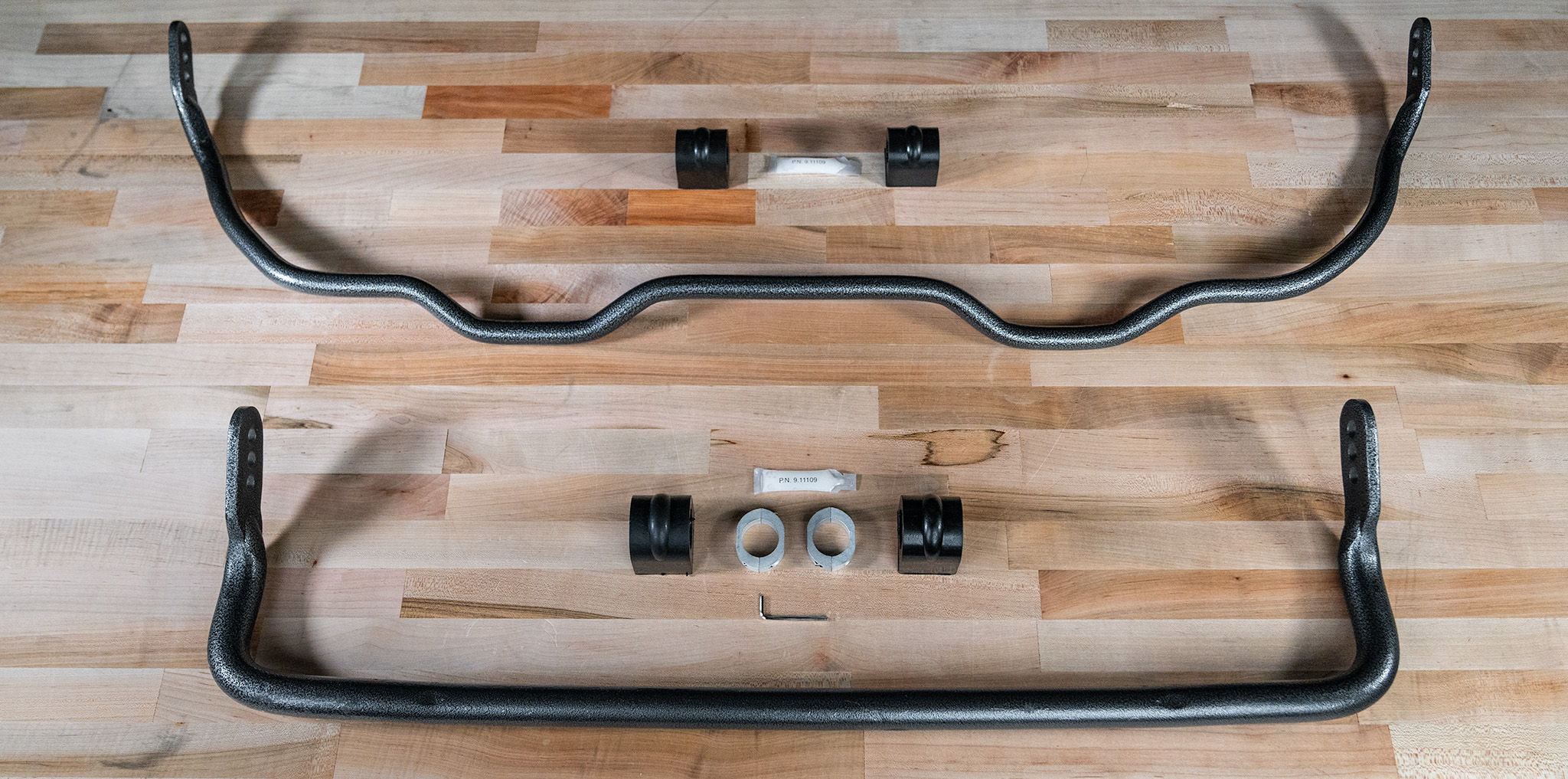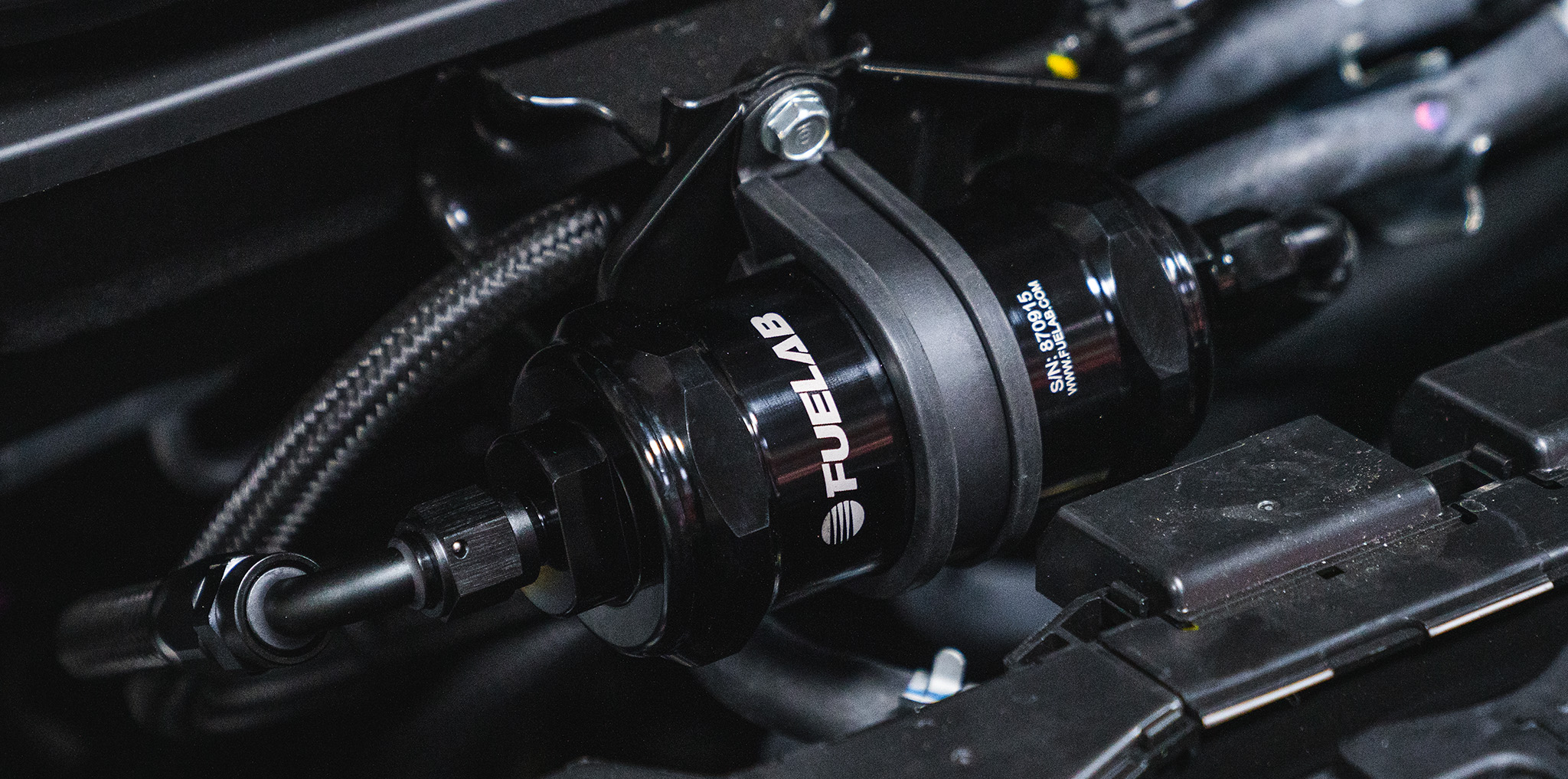
- Sparco was founded in 1977 and remains one of the leading manufacturers of racing safety equipment.
- The Italy-based outfit is trusted at the highest echelons of motorsport, including Formula 1, and continues to push the envelope for safety standards.
- Its experience within professional motorsport series has passed down technological innovations to consumer products, including racing suits, gloves, underwear, frontal head restraints, and helmets.
- Three Snell-approved helmets, the Air Pro 1977, Air Pro RF-RW, and Sky RF-7W are amongst the most popular options for grassroots racers.
Aryton Senna famously said, “You will never know the feeling of a driver when winning a race. The helmet hides feelings that cannot be understood.” As a hobbyist track day enthusiast, I don’t know what it’s like to cross the finish line ahead of the pack, but I will say that there’s nothing quite like the moment before your session when you put your helmet on, press down the visor, and see your world tighten its focus. If you’ve never done a track day before, you’ve come to the right place. Just know this: beyond safety, your helmet is a point of self-expression, just like your car and the mods you’ve put on it, so choosing the right one is important.
A PROUD HISTORY
Sparco was founded in 1977 by three young rally drivers who were inspired by the racing world. The collective recognized its ever-looming danger and, synonymous with Italian fervor, a lack of style, too. In short order, Sparco produced its first suit, which was able to withstand 20 seconds of fire, and an exciting new racing seat a year after that. The buzz was building for the brand and soon, Sparco became a worldwide reference point for fireproof suits, shoes, gloves, and helmets.
That glowing reputation persists today and its long-standing relationships at the upper echelons of professional motorsport, including Formula 1, have enabled Sparco to keep pushing the technological boundaries of safety for current and future generations of starry-eyed racers.
But aside from seeing Sparco racing equipment adorn F1 teams like McLaren, Red Bull, and Alfa Romeo, the brand has managed to establish and maintain trust within the enthusiast world, too. Its consistent cameos in the Fast and Furious franchise are no coincidence. Sparco is a household name and its founders’ mission has helped fuel the self-expressive side of the aftermarket just as powerfully as its safety.
WHAT’S THAT SNELL?
While many helmets might look similar, six important distinctions add up to big differences: impact management, helmet positional stability, retention system strength, the breadth of protection, flame resistance, and frontal head restraint (FHR) compatibility.
I won’t make you go cross-eyed delving into each of those but for a typical driving event (DE), you will at the very least need a Snell-certified helmet. Aside from FIA ratings, it is one of the most stringent certifications to obtain, and because of that, it offers exceptional ratings for all six of the aforementioned characteristics.
If you go into any seasoned track junkie’s garage, you’ll probably notice enough helmets for a family of eleven. That’s because Snell ratings update every five years and, generally speaking, that means a new helmet should be on your list to meet those standards. The most recent Snell certification was renewed in 2020, so be sure that the sticker underneath the padding of the helmet says “SA2020” before you drop your hard-earned dollars on a lid.
The only confusing part of Snell certifications is that technically, they don’t expire every five years. Each SA-rated helmet is good for 12 years from the date shown, so while it’s permissible to run an SA2015 helmet in 2023, you’ll only get four good years out of it instead of nine. It makes sense to buy the newest SA-rated helmet that your budget will allow.
Each of the Sparco helmets that we are going to show you are both Snell SA2020 and FIA 8859-2015 approved.
SIZE MATTERS
Finding the right size helmet is important so that it can do its job appropriately. We’re all a bit oddly shaped, but generally speaking, you want to measure from the widest parts of your head — approximately one inch above your eyebrows and around — to get the most accurate figure. Just like clothing, helmet sizing isn’t standardized but you should make sure that your Sparco helmet fits snugly on your head and that it doesn’t shift when you shake your head around.
Inside, the gaps should be snug, but not uncomfortably tight all around. Think firm, but not like a vice grip on your head. Keep in mind that this will be something you’ll wear for long periods, so if you notice too much pressure right away, it’s best to size up.
Fortunately, Sparco sizing is some of the most accommodating in the industry, offering a range of sizing from XS to a new size called “Medium-Large” (more on this soon) up to XL.
STYLIN’ AND PROFILIN’
Okay now that we have the sizing down, it’s time to look at which Sparco model is best for you: the Air Pro RF-5W, the Air Pro 1977, or the Sky RF-7W. Each model has plenty in common with the other aside from that aforementioned SA2020/FIA 8859-2015 rating: lightweight carbon-kevlar construction, washable lining, anodized aluminum chin strap hardware, a virtually panoramic viewport, and anti-fog channels. Each model also boasts pre-installed Hans clips and a pre-molded interior for drink tubes and comms, should you need them.
Air Pro RF-5W: The Air Pro RF-5W (003375NRRS0XS) adds a fiberglass finishing layer on top of the carbon-kevlar core and comes in two finish options: matte black or gloss white. As pictured, the red interior option — which is another very unique feature at this price point — is a nice touch. Despite being the cheapest offering in this group, it is no amateur effort. But if the track bug hasn’t bitten you very hard yet, this may be the helmet to grab so you can save the extra pennies for a second event without compromising your safety.
Air Pro 1977: The Air Pro 1977 (003375RS0XS) is effectively the same helmet as the RF-5W, just with a vintage-inspired scheme harkening back to Sparco’s founding year. The striking stripes are available in either blue or red and the entire helmet is clear-coated for additional wear resistance. Since the exterior is emboldened, the only interior padding color option is black. I love this option because most of us want to paint our helmets, but can rarely decide on a scheme (me) or find a painter for a reasonable fare. For only a $100 premium over the standard RF-5W, this is a steal and the vintage flair will immediately set you apart from the other drivers in the pit area.
Sky RF-7W: You can consider the Sky RF-7W (003374ZNR0XS) to be the flagship of the trio. While all three share a carbon-kevlar core, the Sky RF-7W is finished with a beautiful, directional carbon fiber top layer. As you’d imagine, this helmet is the lightest of the bunch without giving up any of the features. Accordingly, the Sky RF-7W is also the most expensive in this sample size but still an incredible bargain compared to other alternatives with similar options. This helmet is for the driver who sees driving events as a long-term commitment and can appreciate the extra weight savings (this helmet weighs a scant 3lbs, 8oz), which do add up to a full day’s work on track.
To me, this exact combo — the Sky RF-7W with the red interior — is the one I’d take home. All of my previous helmets have been either matte black or white, so a stylish, Italian lid would be a nice change-up.
ACCESSORIES, APLENTY
Regardless of which helmet you decide is right for you, it’s comforting to know that each of these models accepts the same visor shield. All the gear we brought in is pictured with the standard, clear shield, but five other finishes — blue iridium, silver iridium, smoke, yellow (not FIA), and red (not FIA) — are available to help enhance vision and protect your eyes from harmful sun glare.
Sparco’s reputation for setting a worldwide standard for fireproof suits, shoes, gloves, FHR systems, and helmets still stands and makes it a one-stop shop for all of your motorsport safety requirements. But that’ll be for another article.
























































































